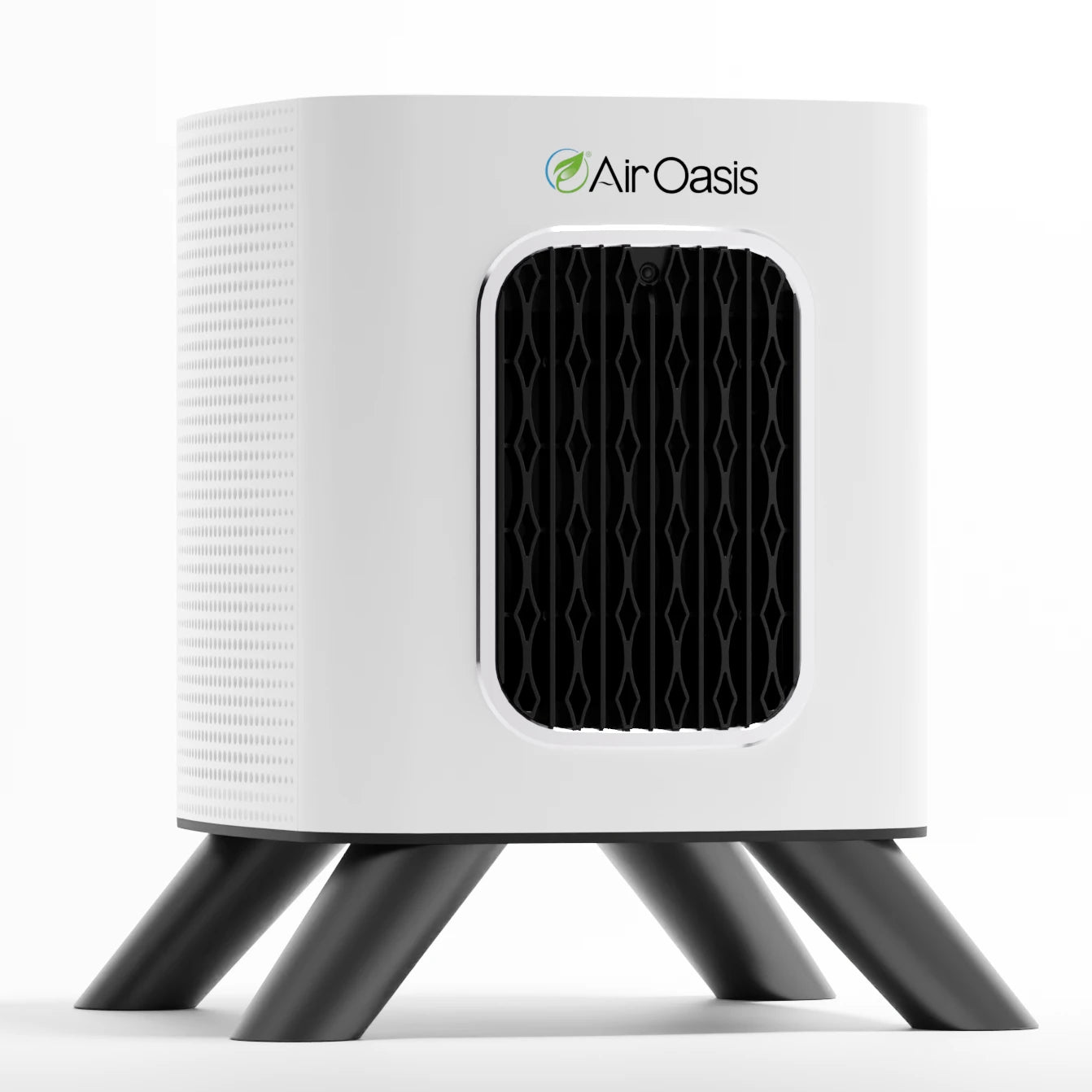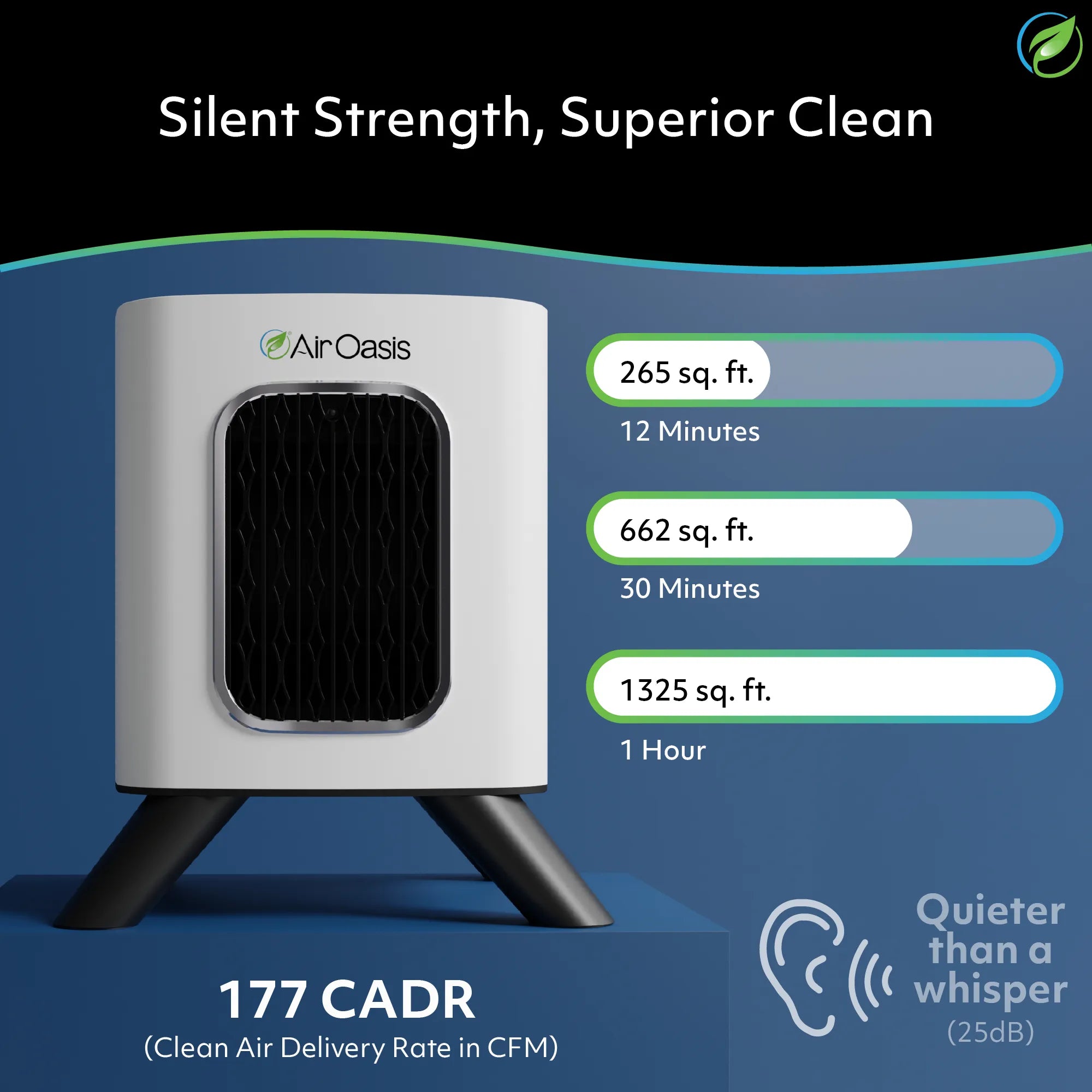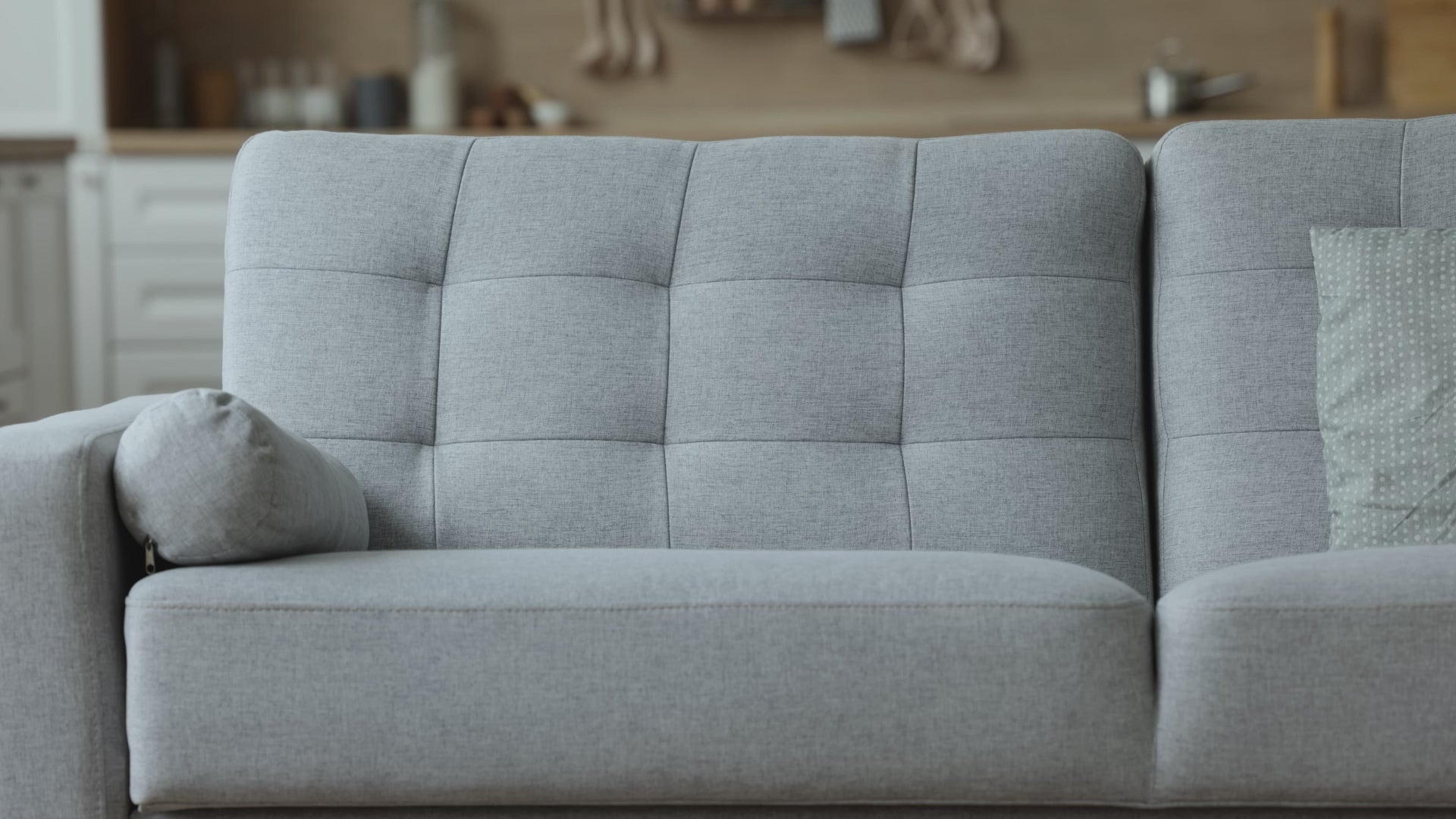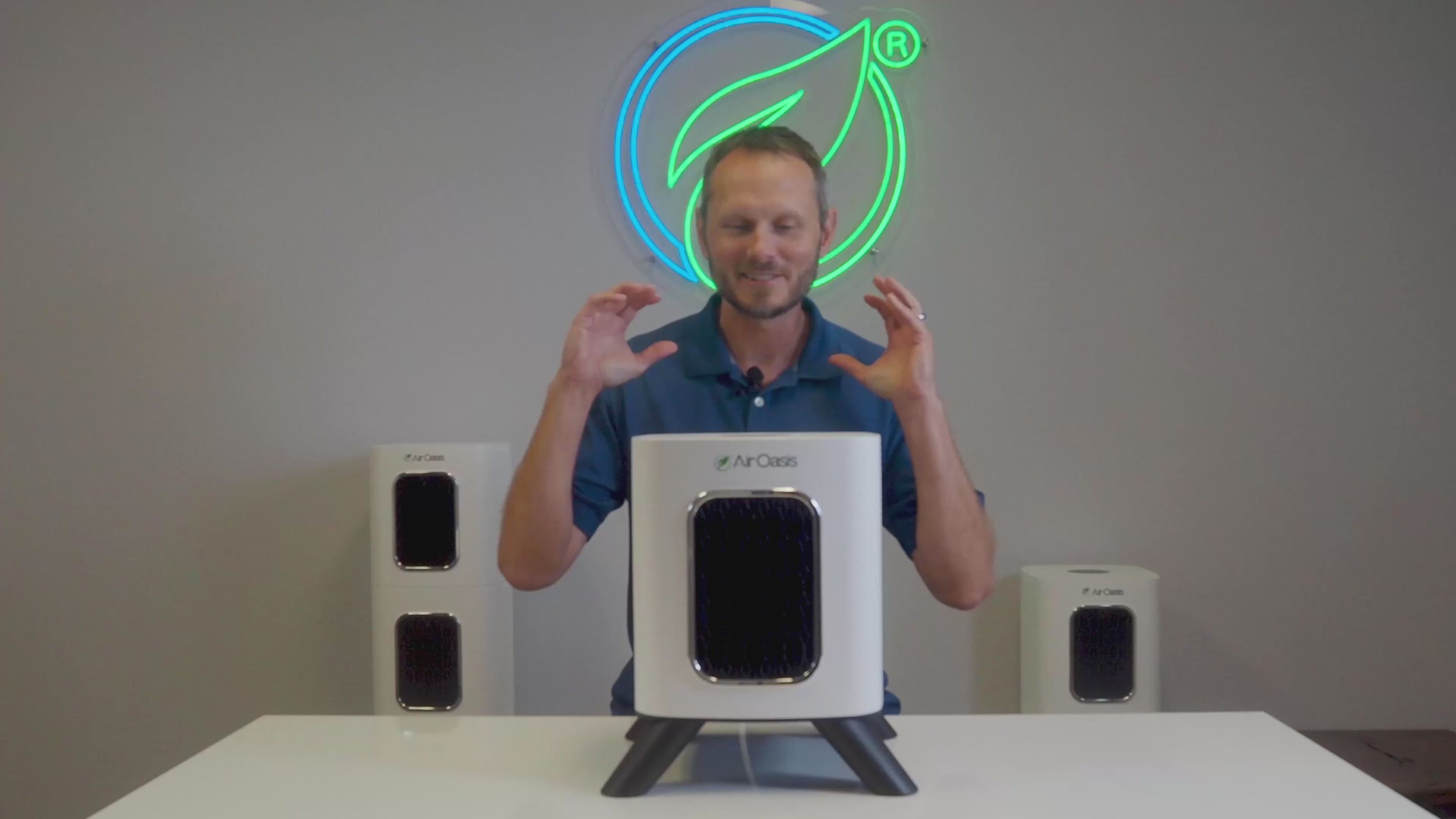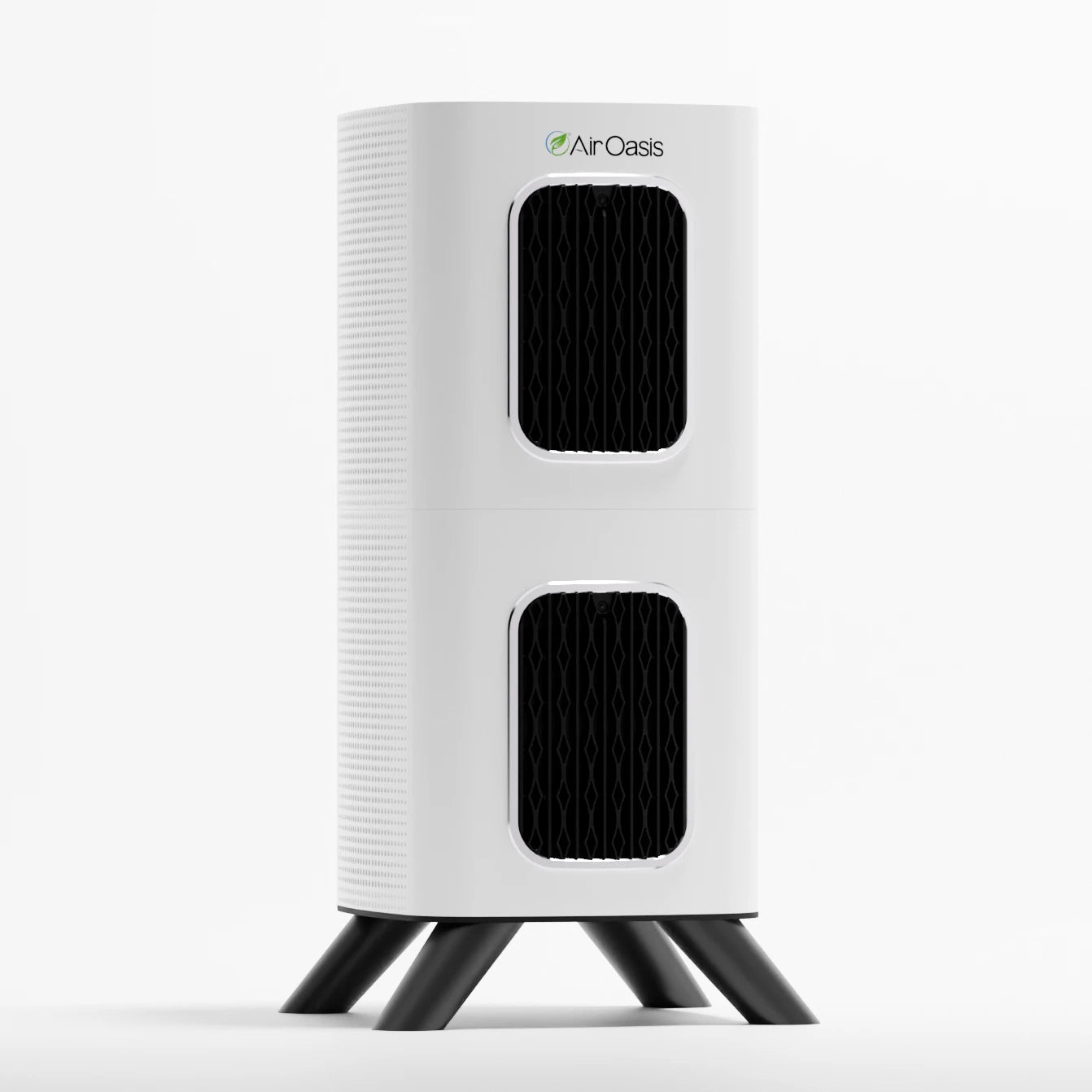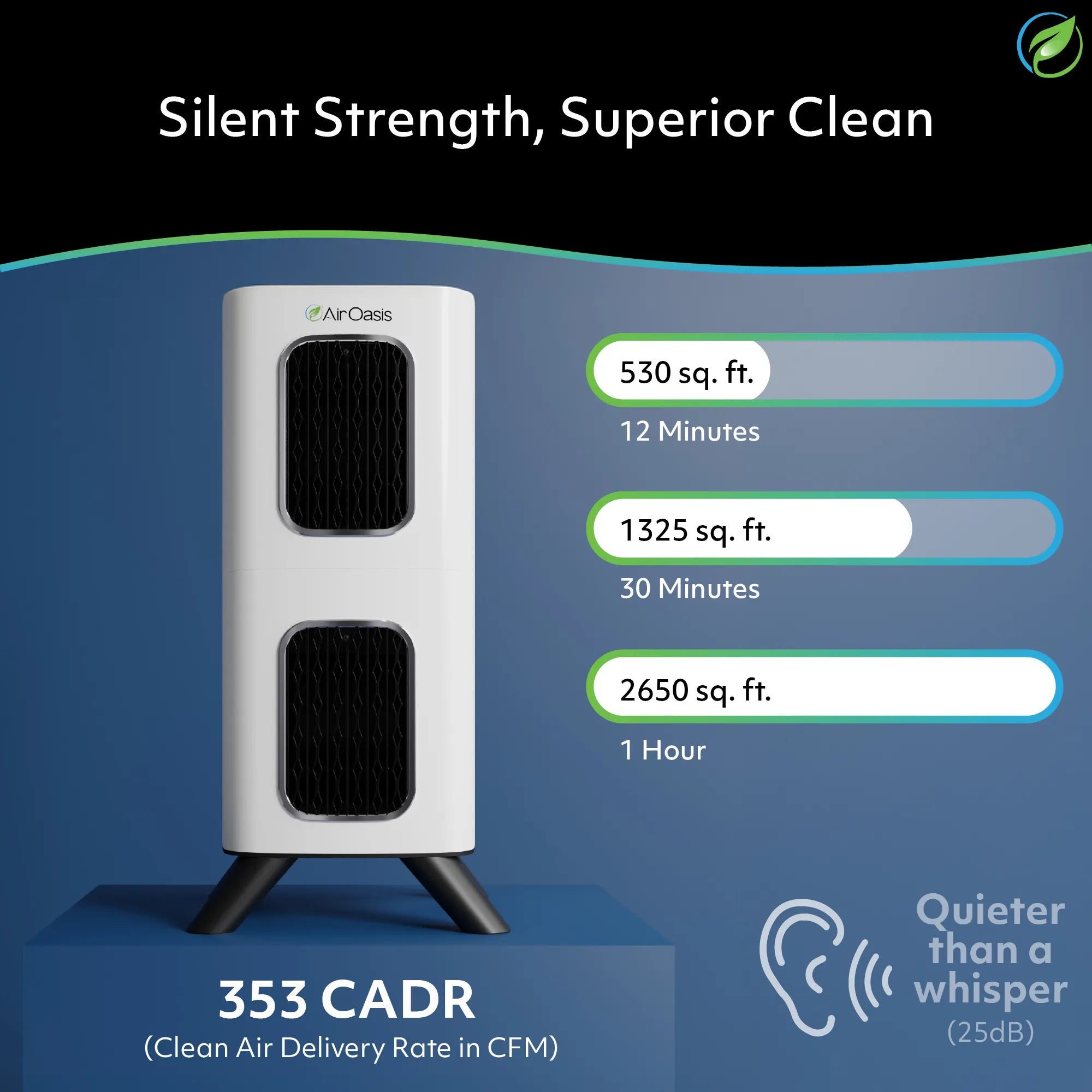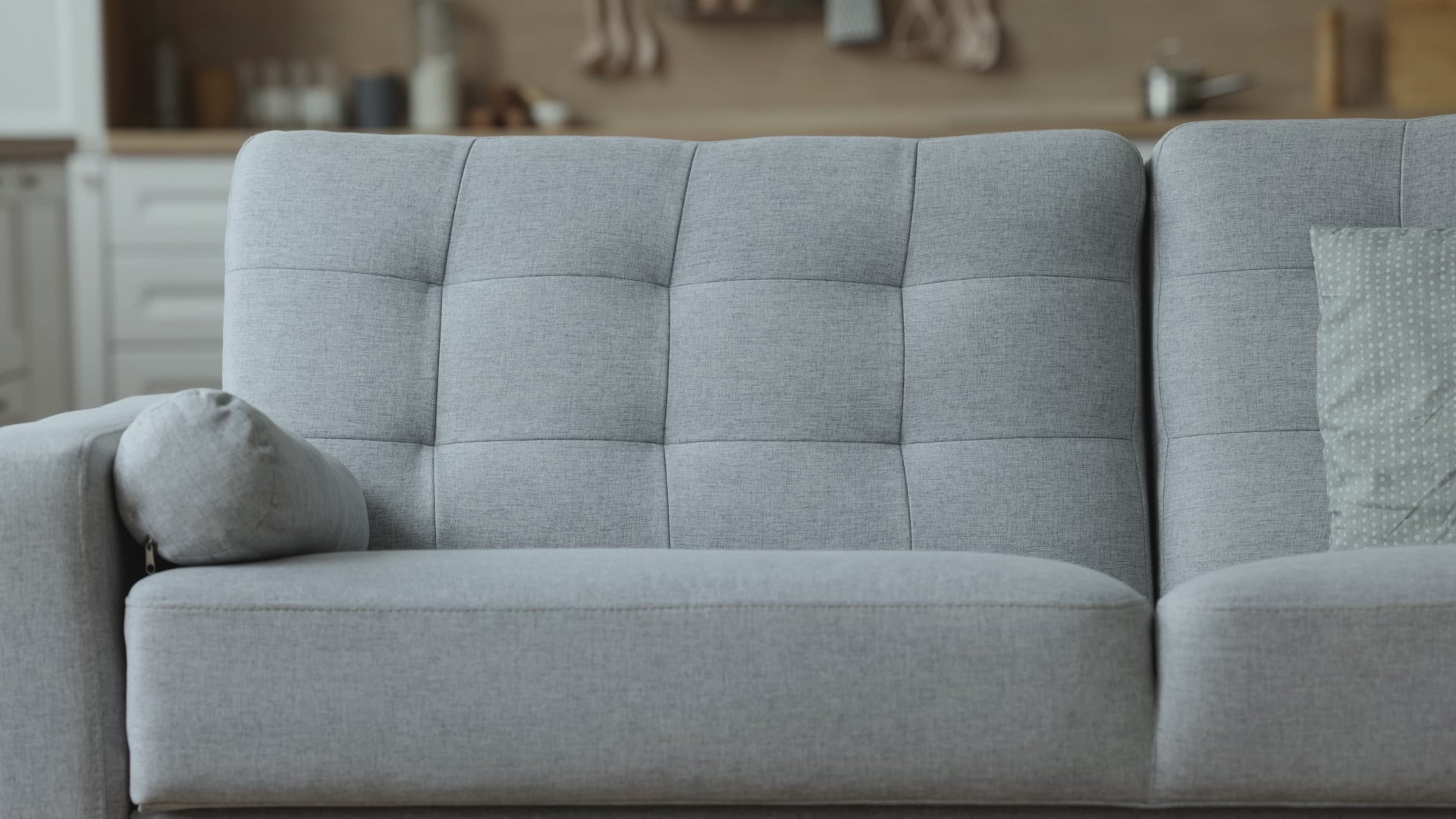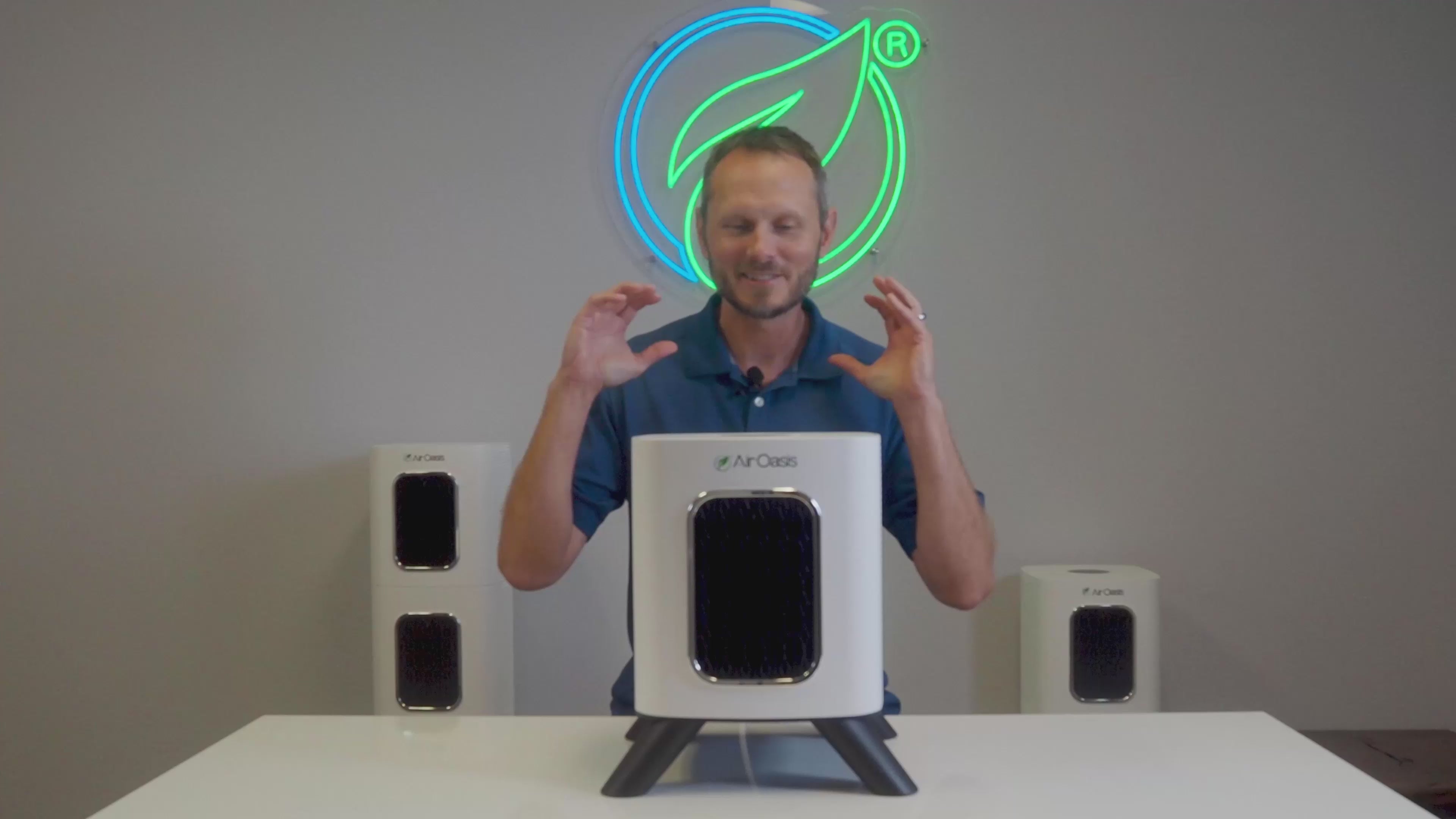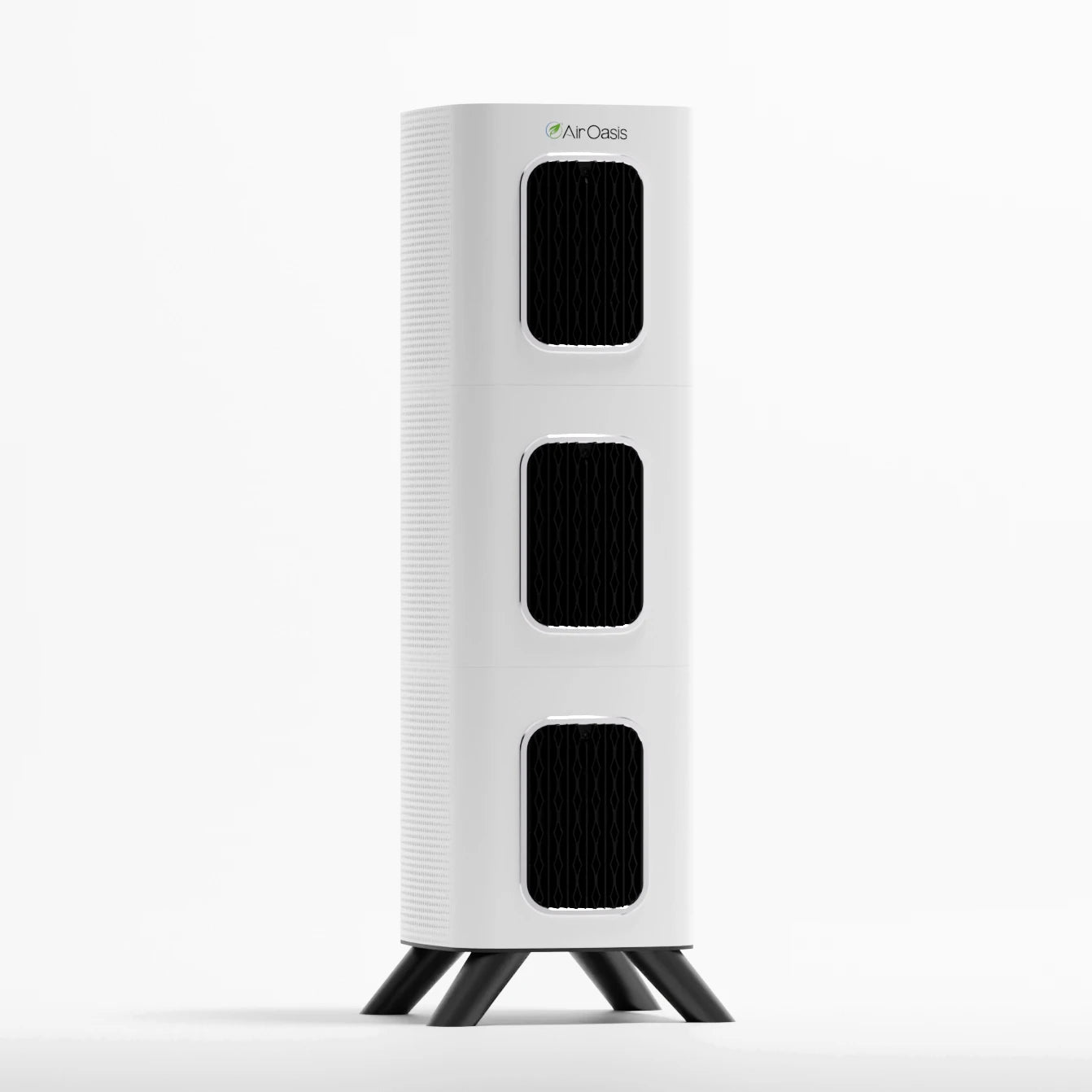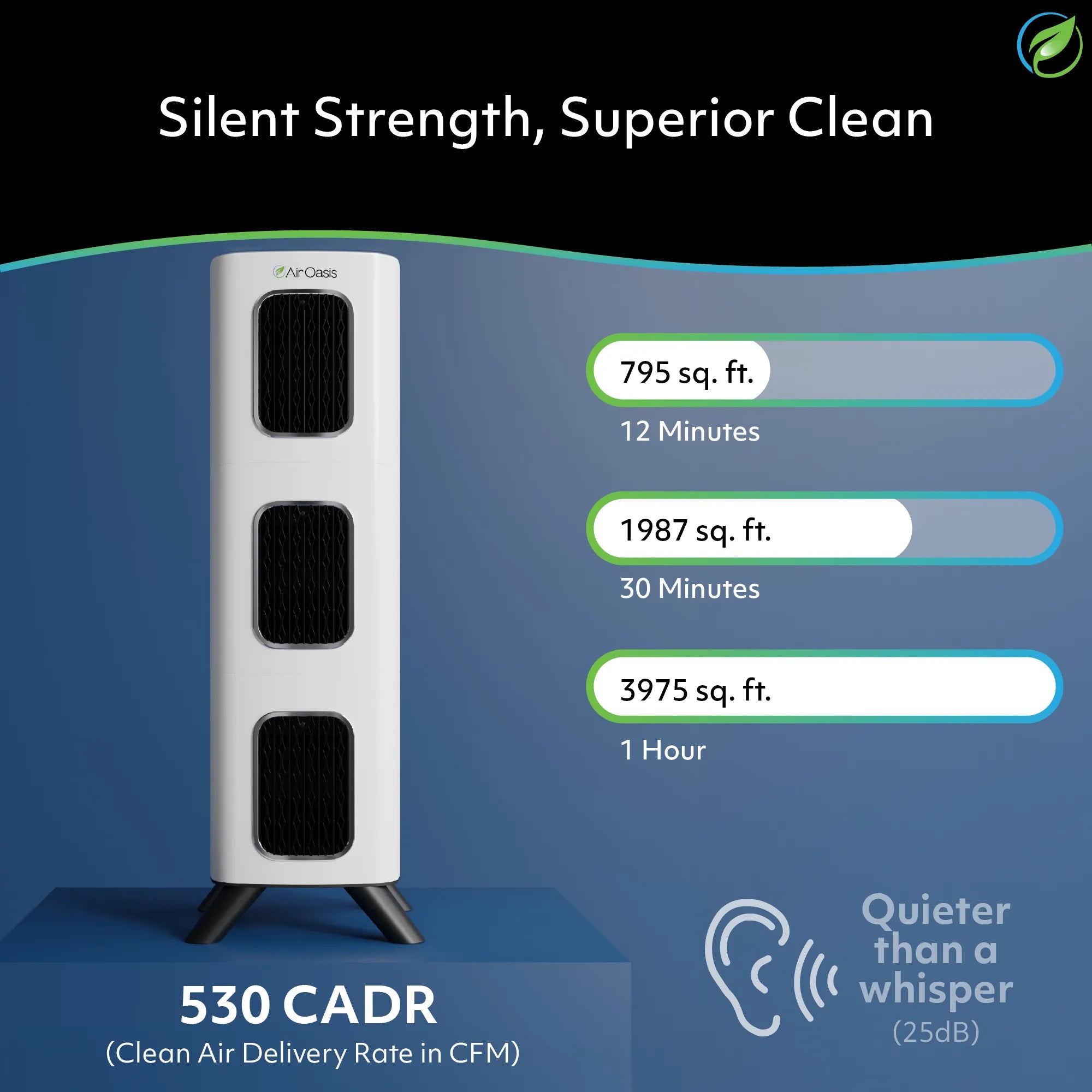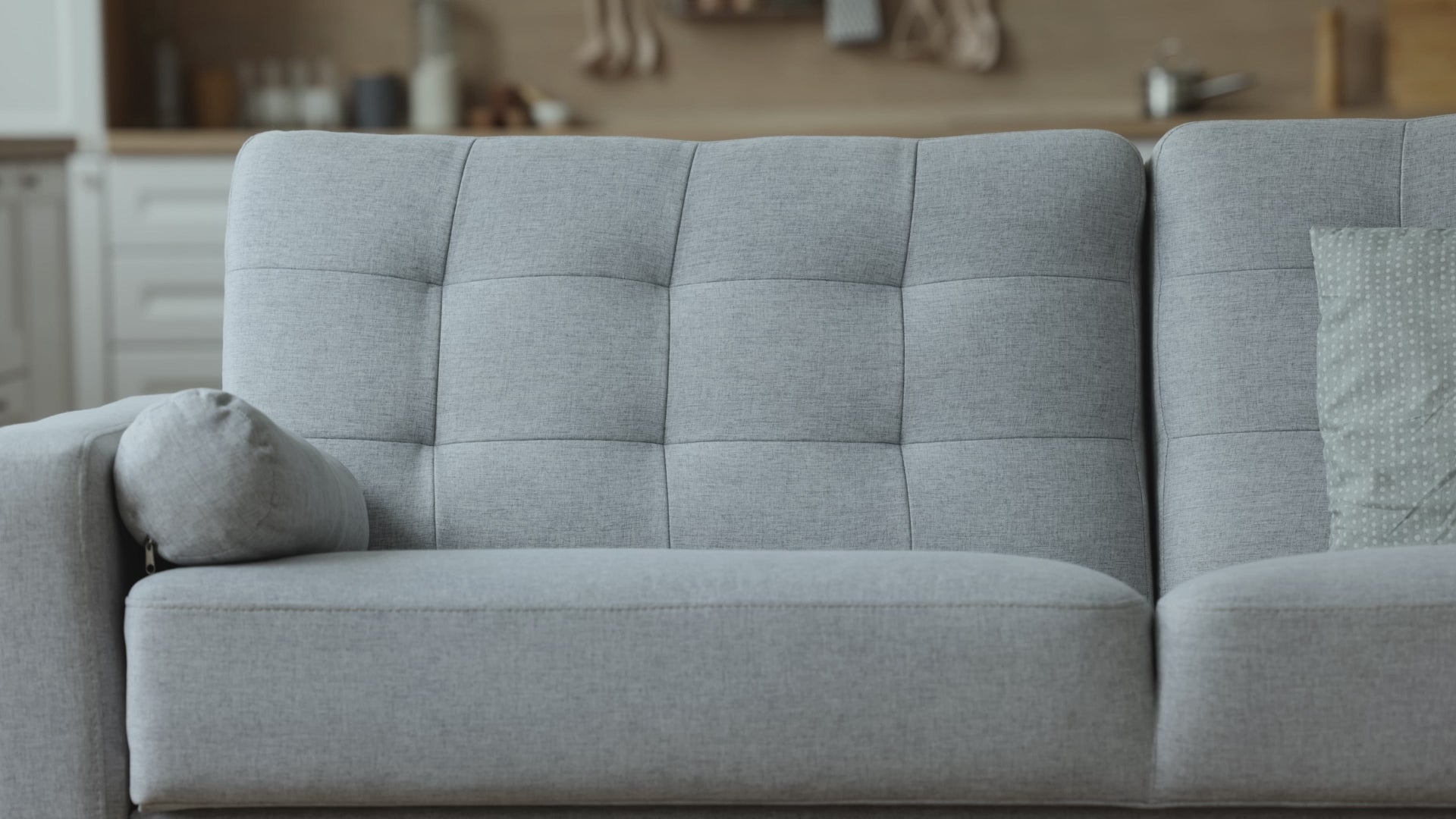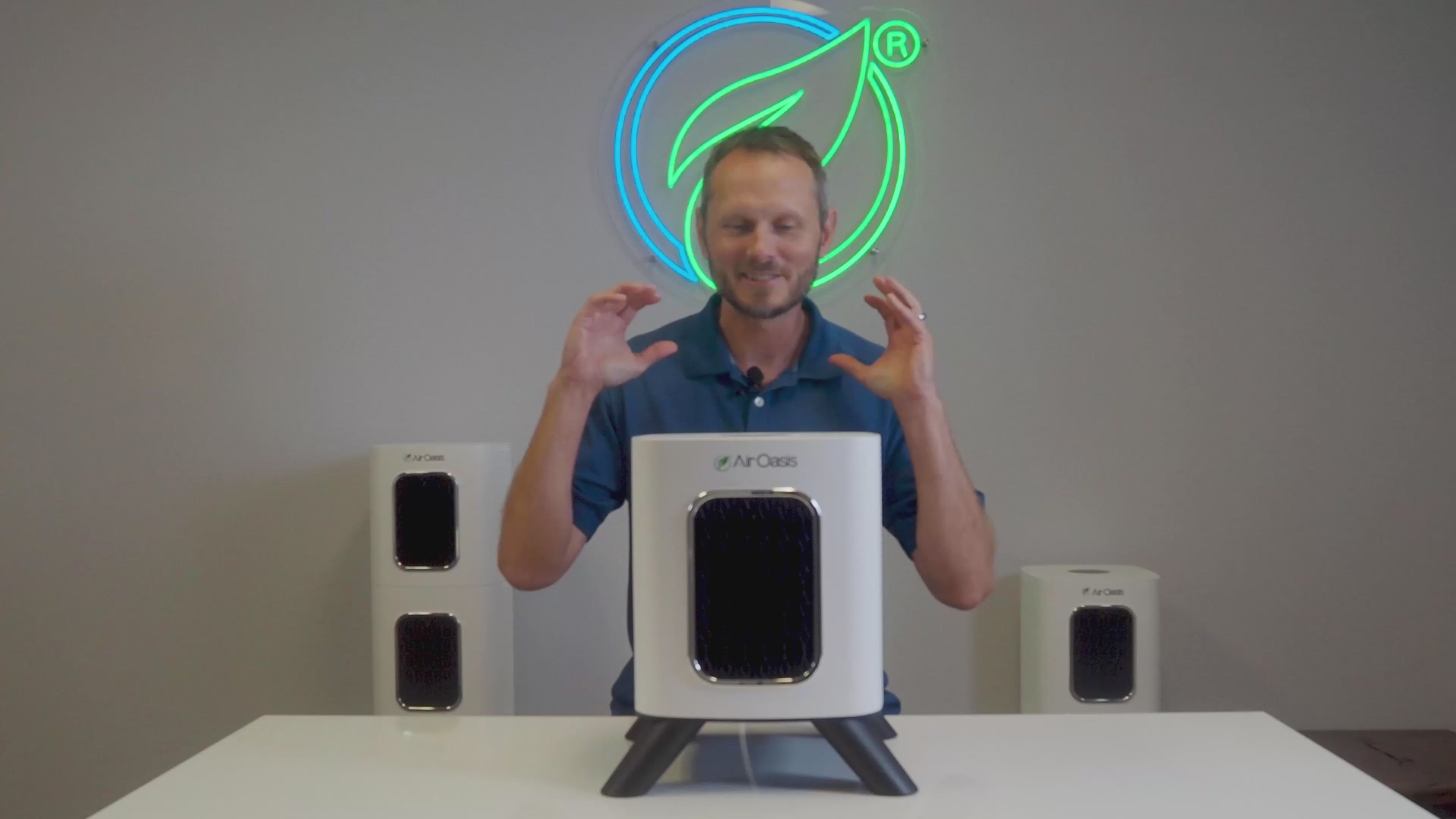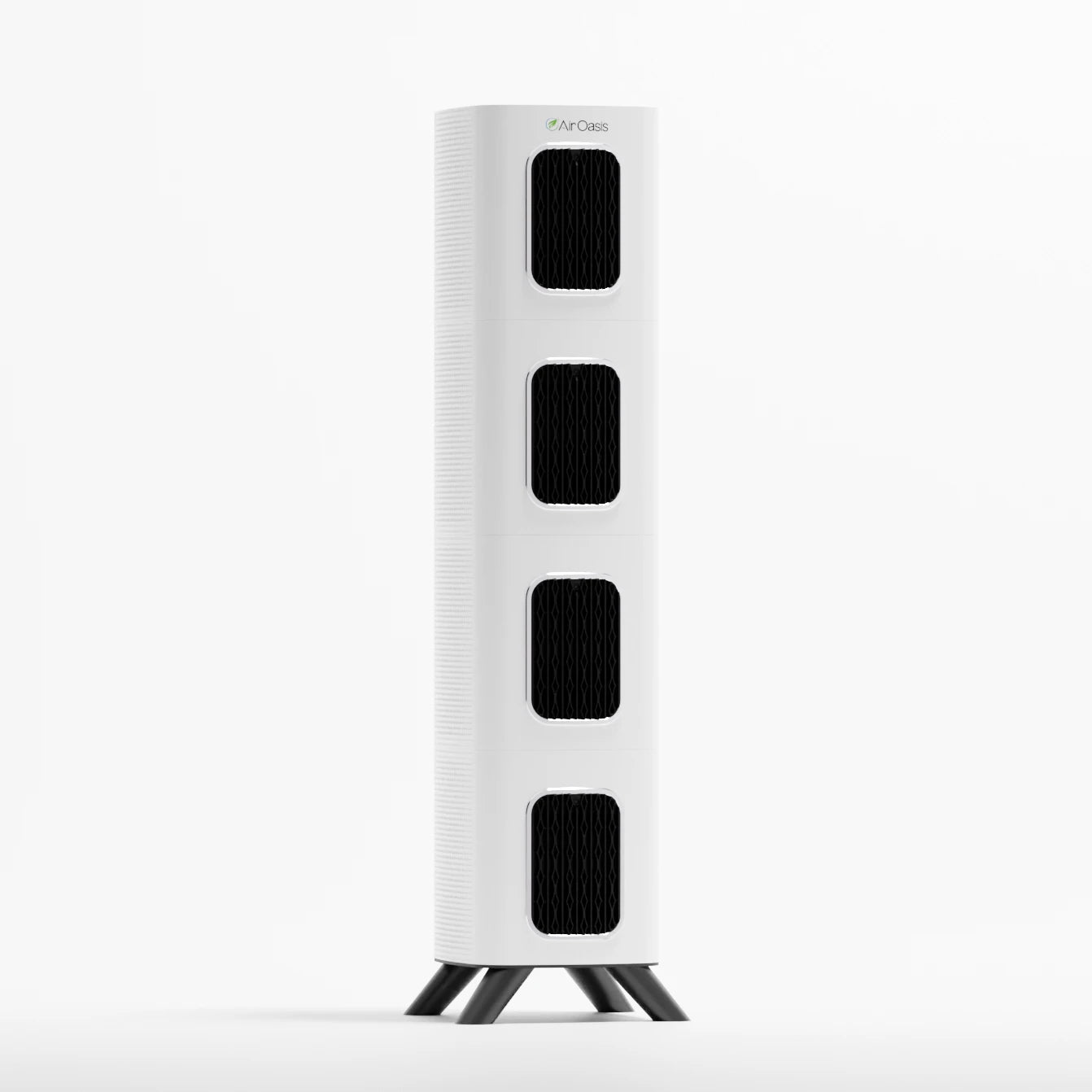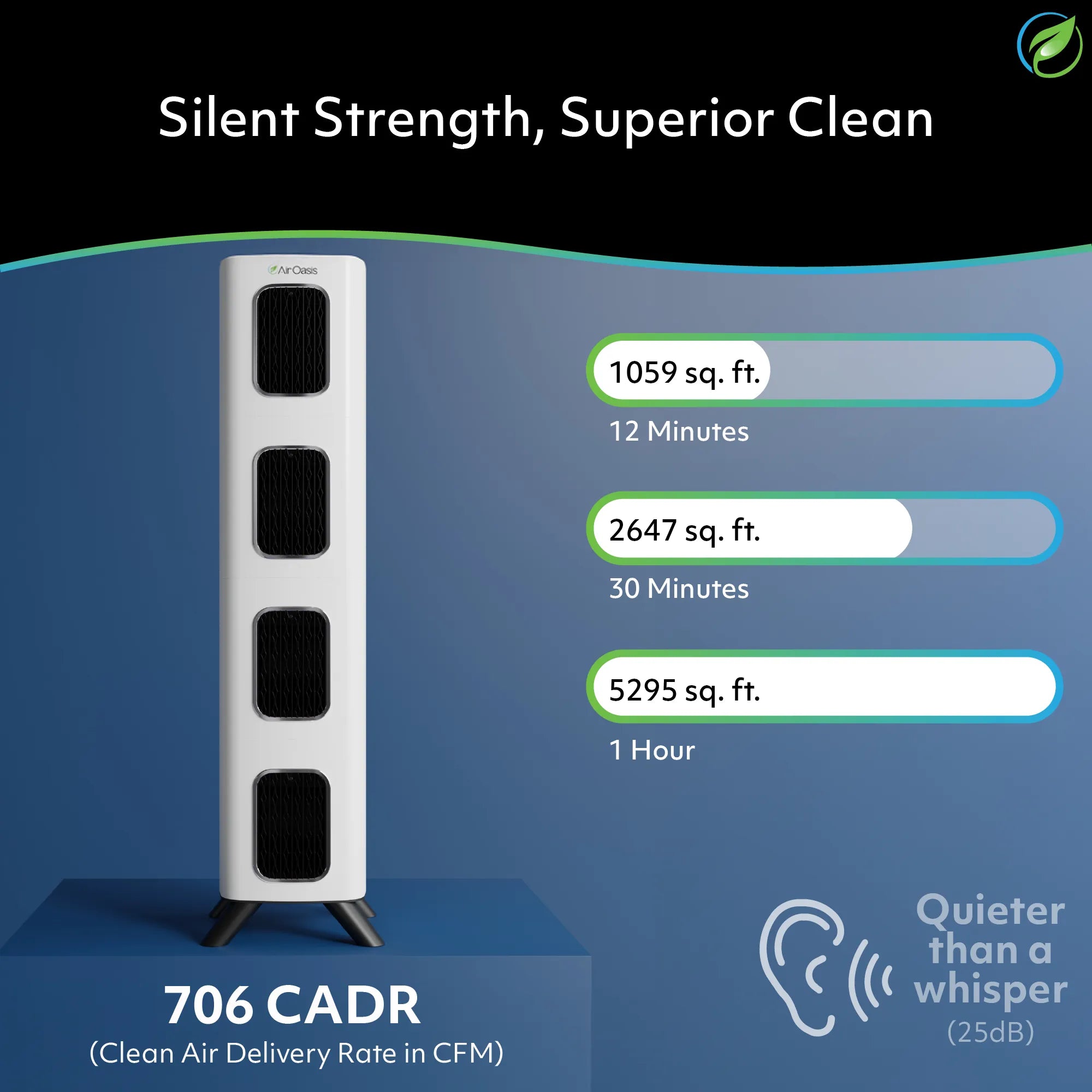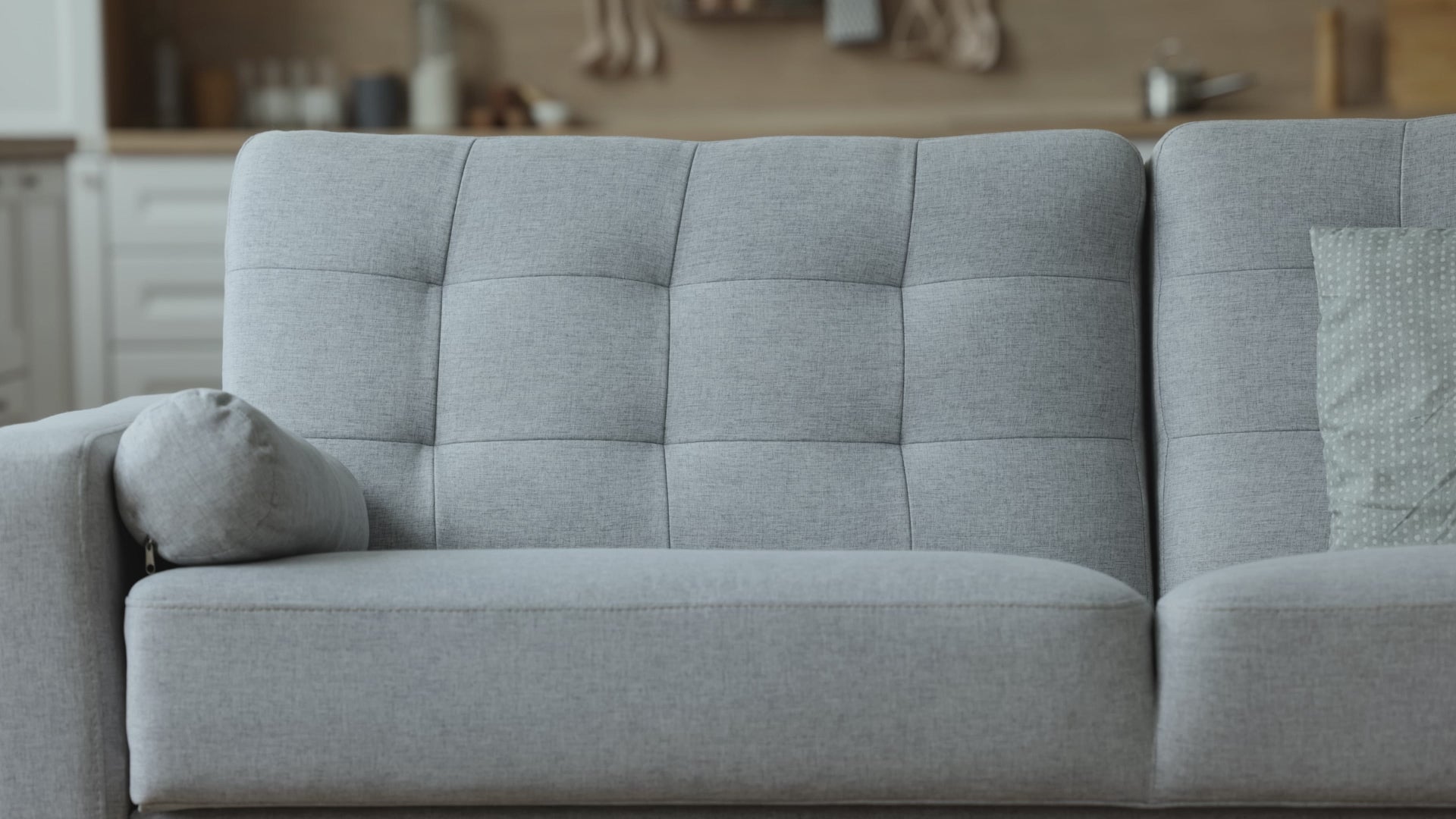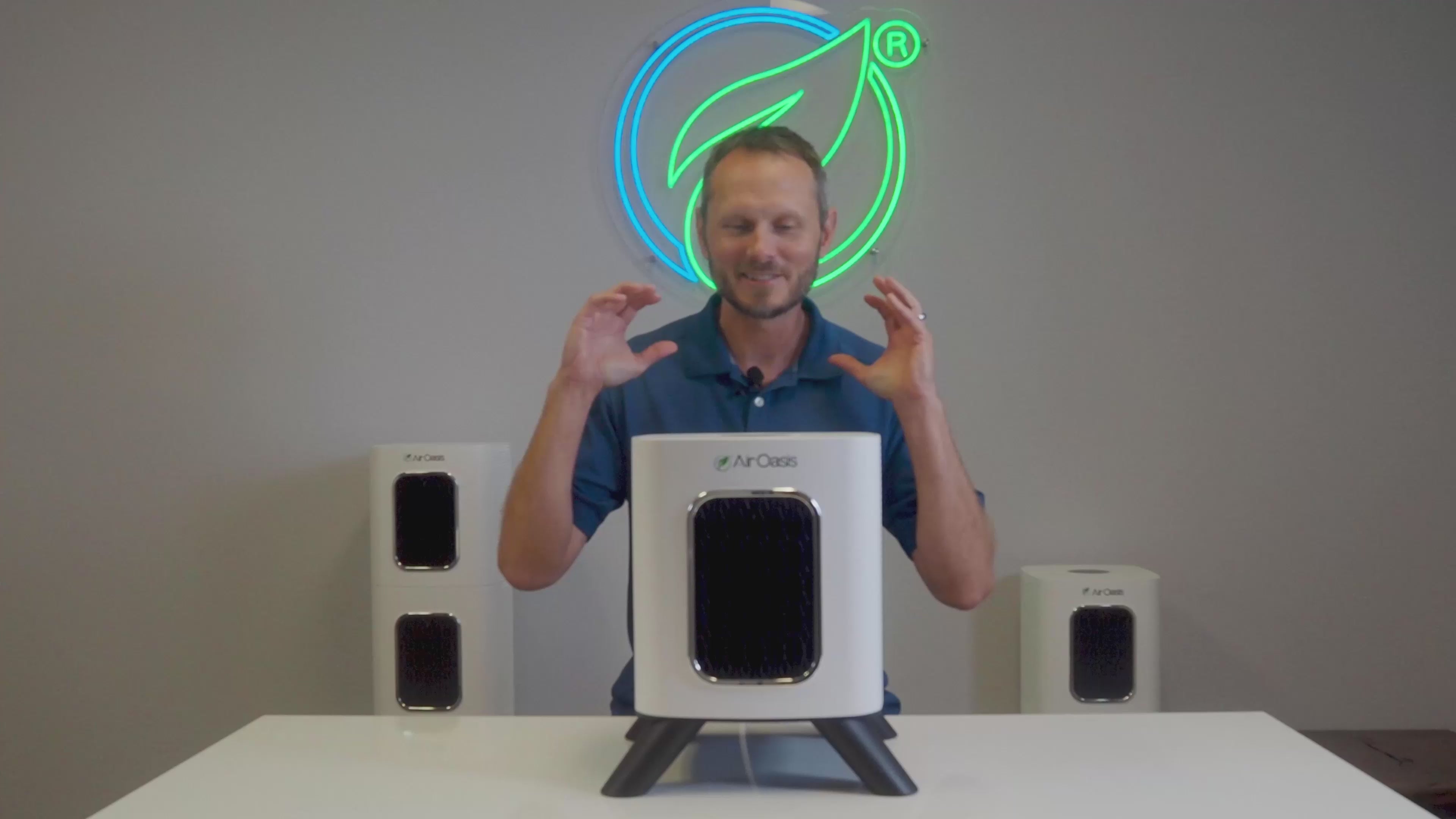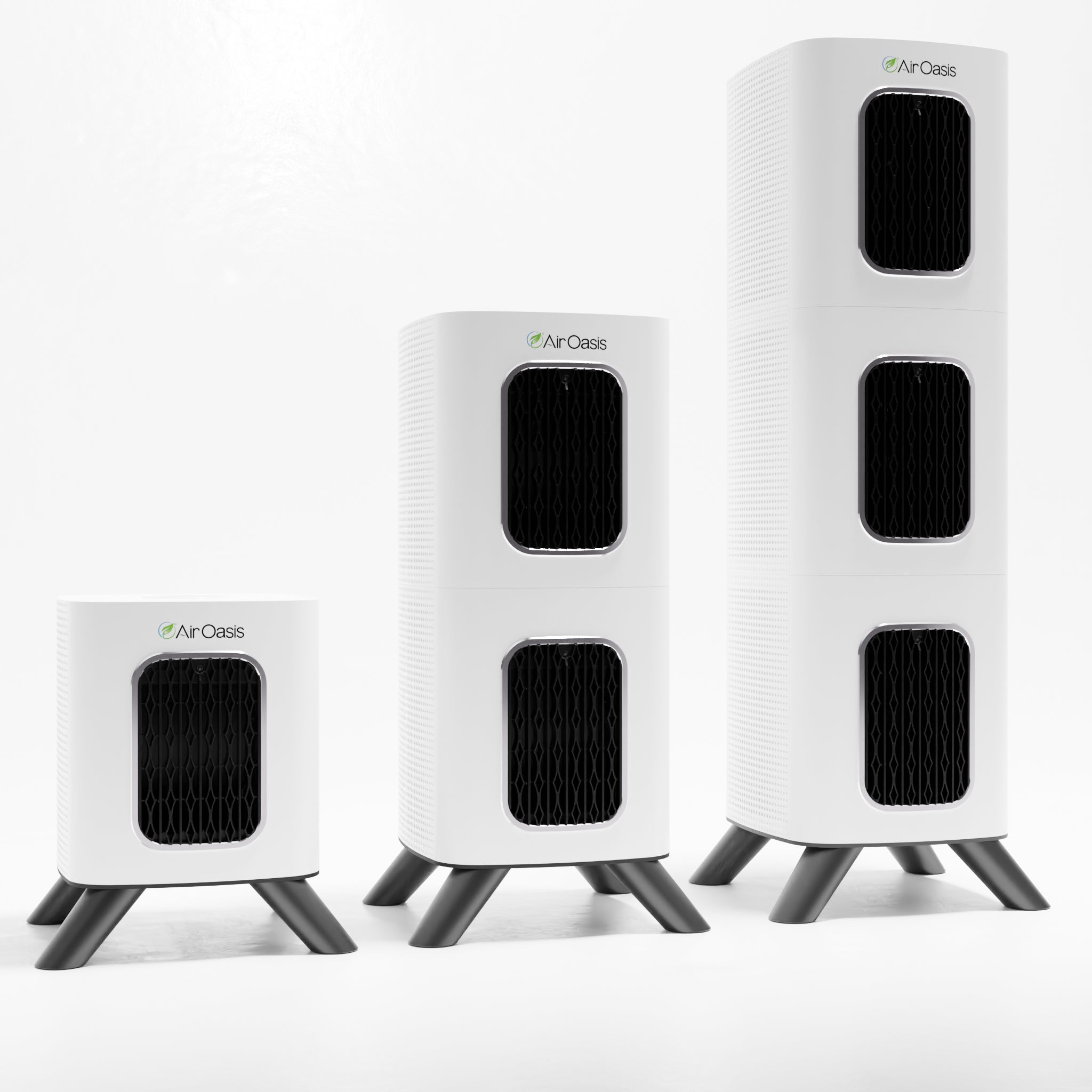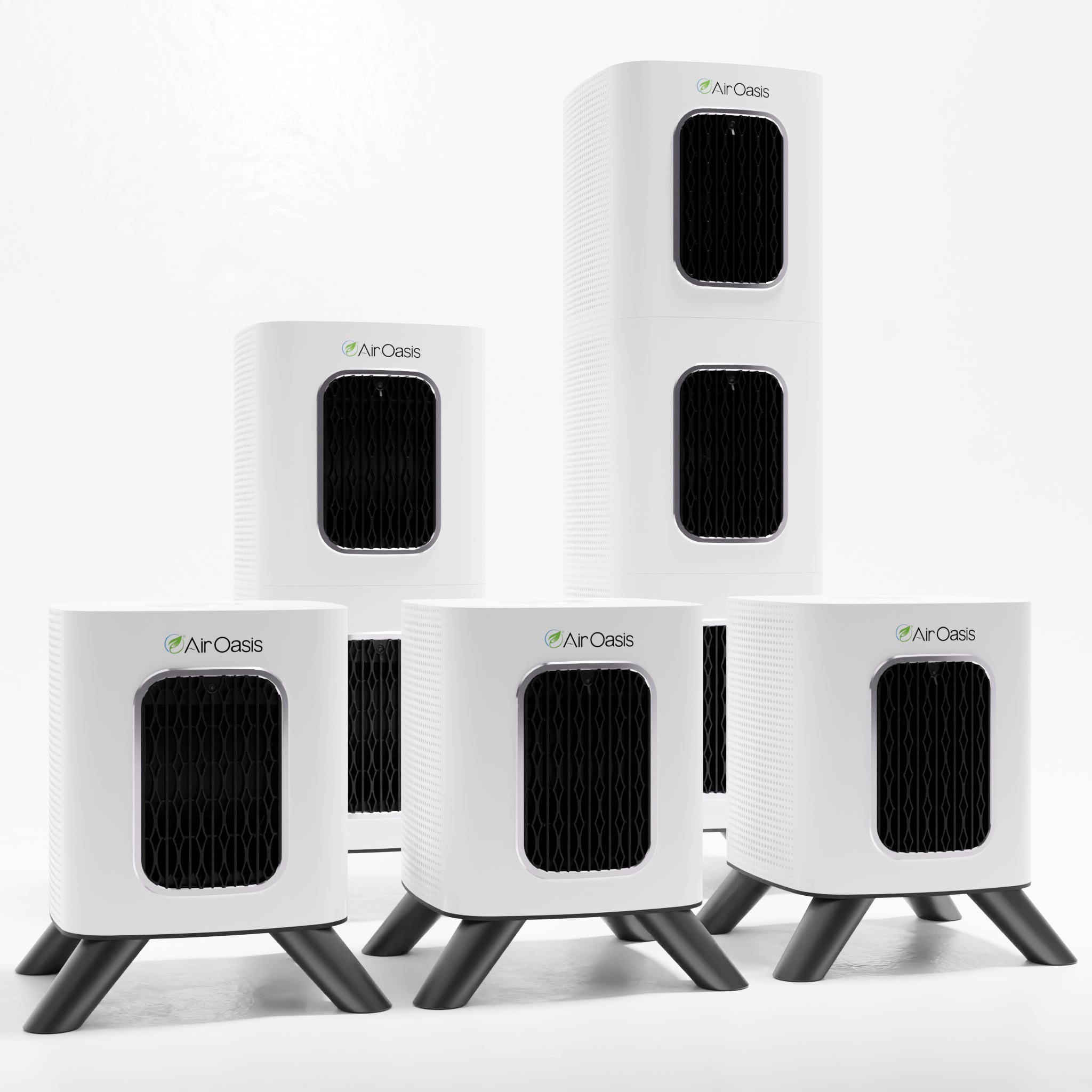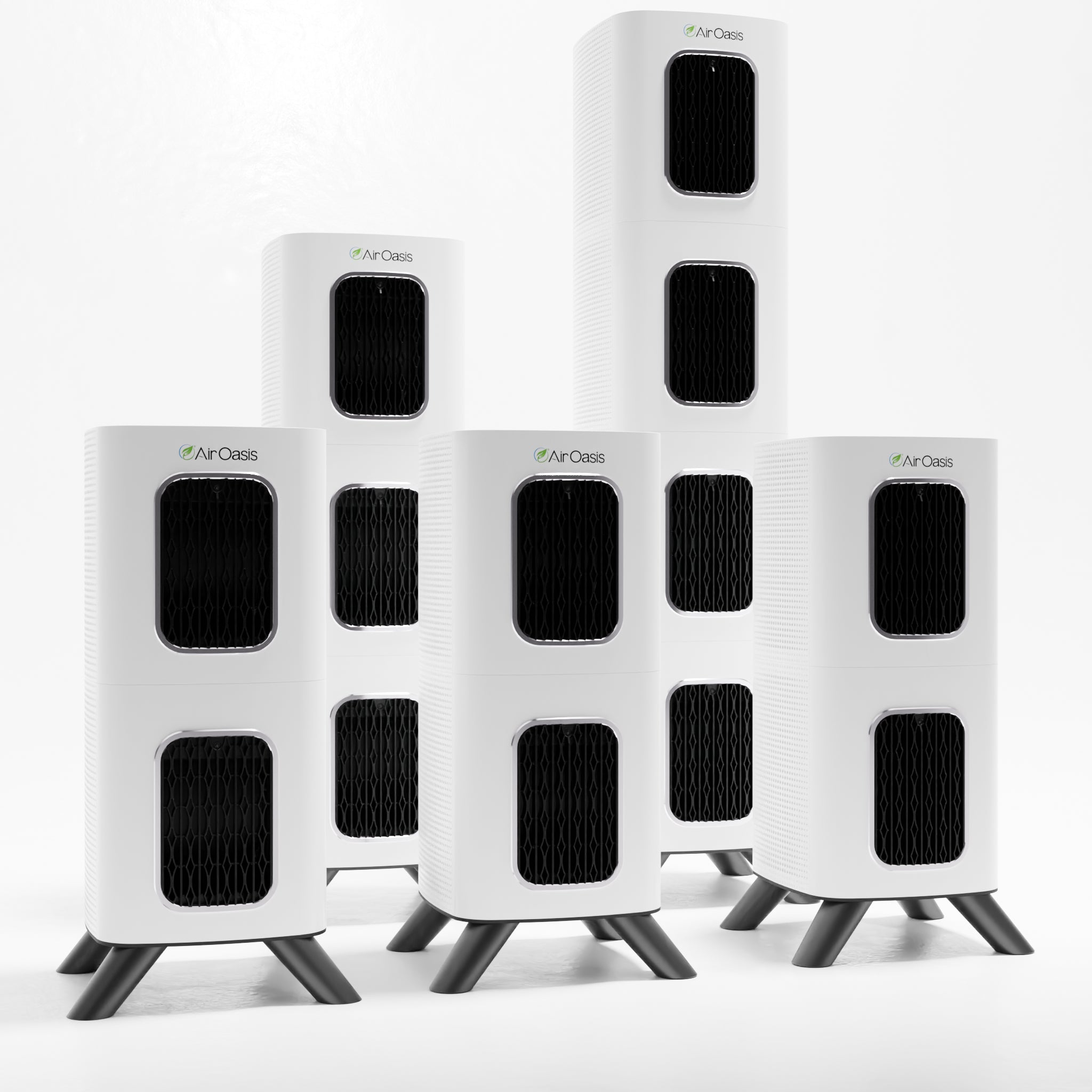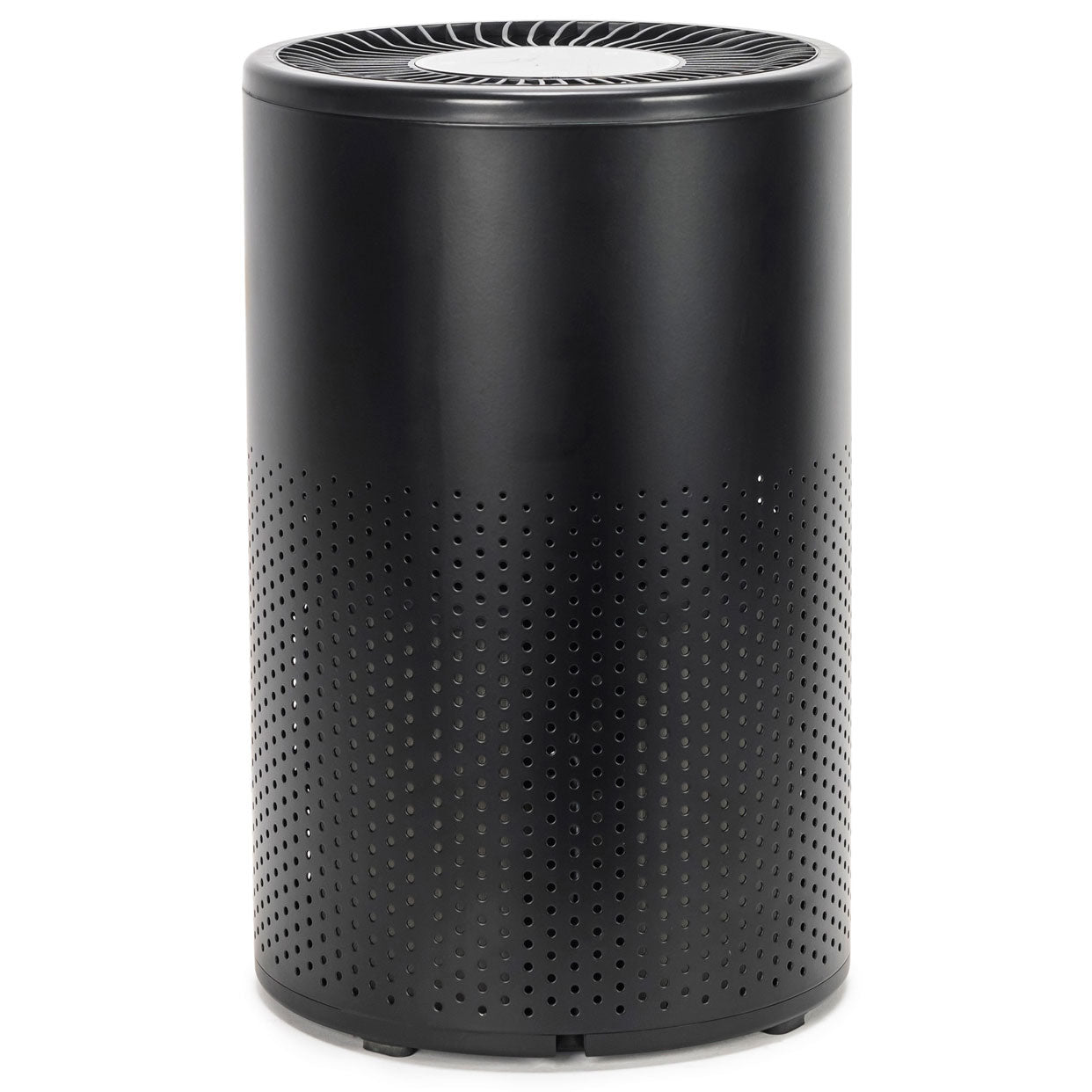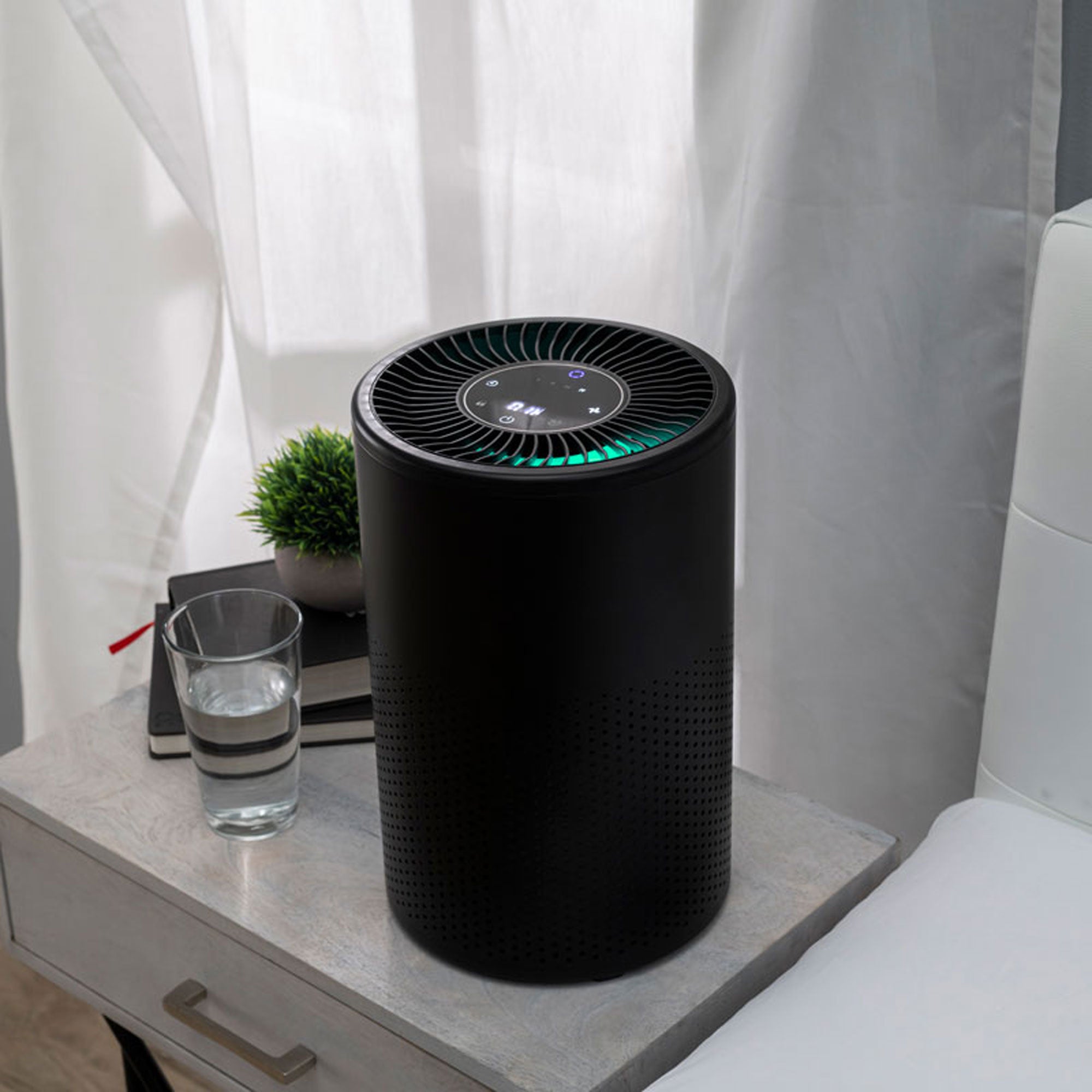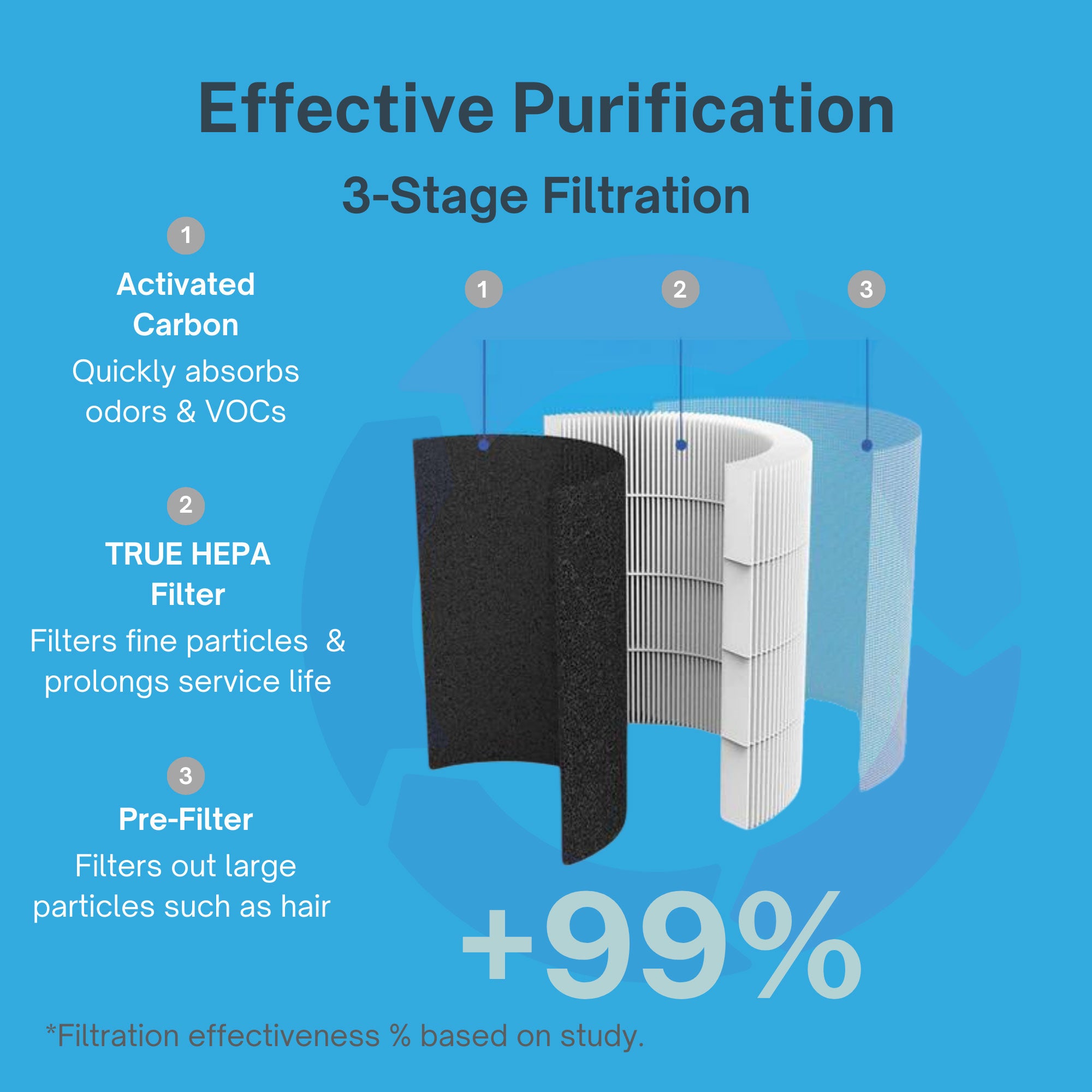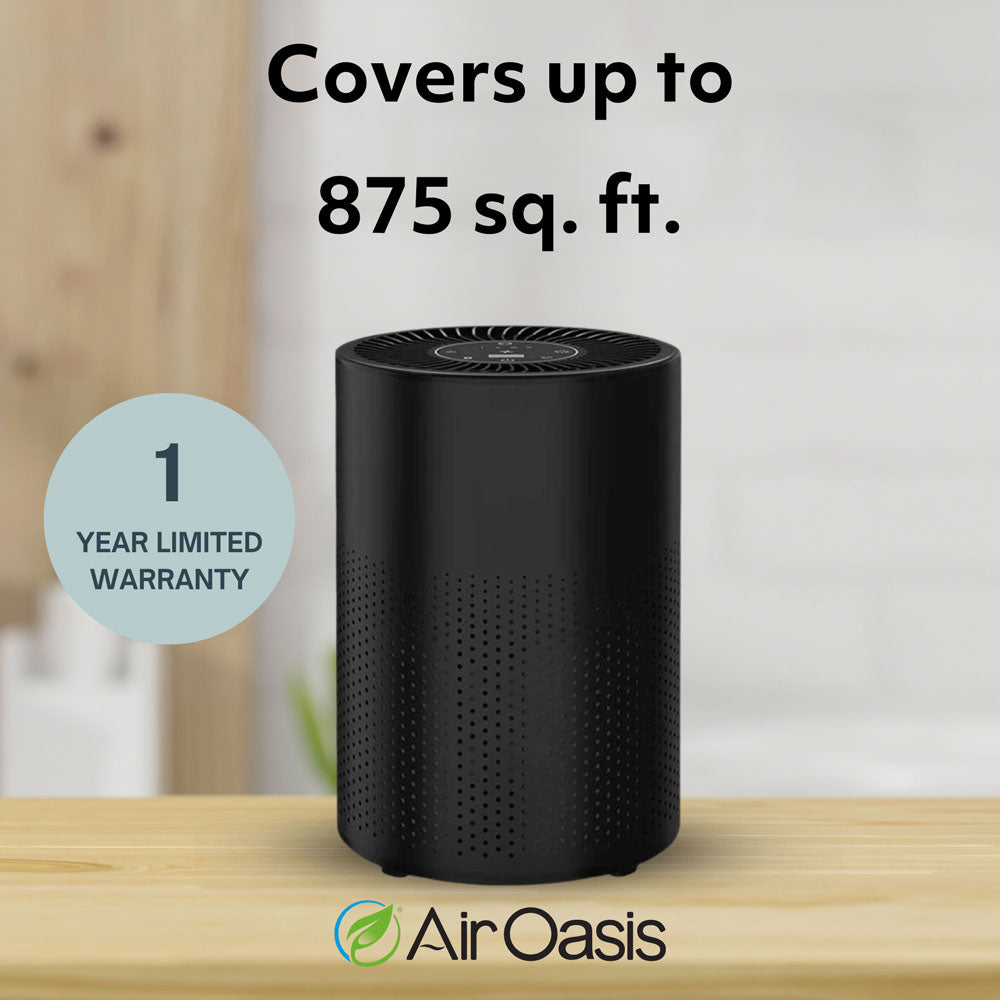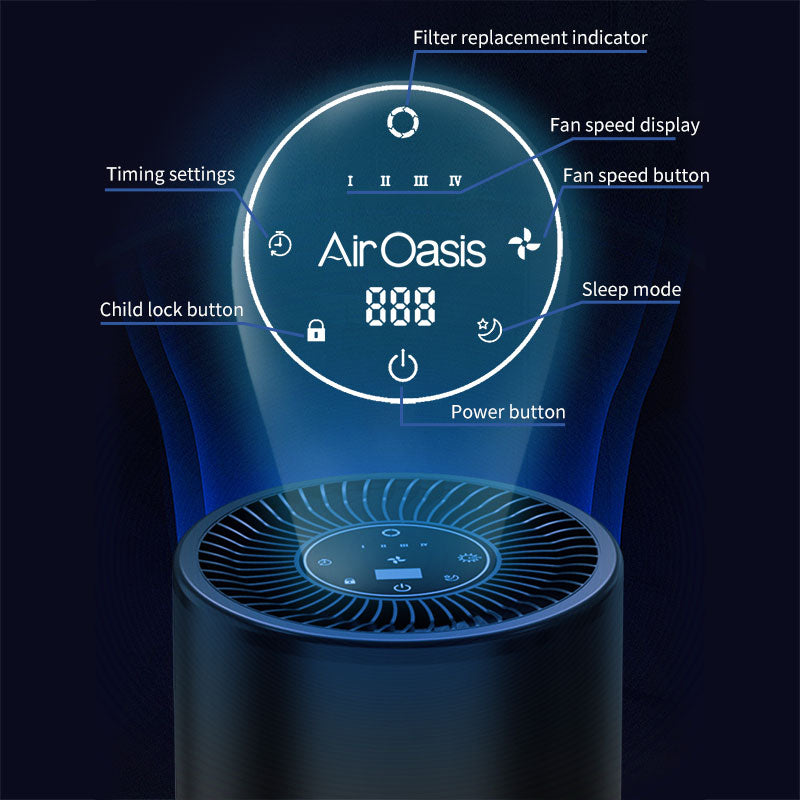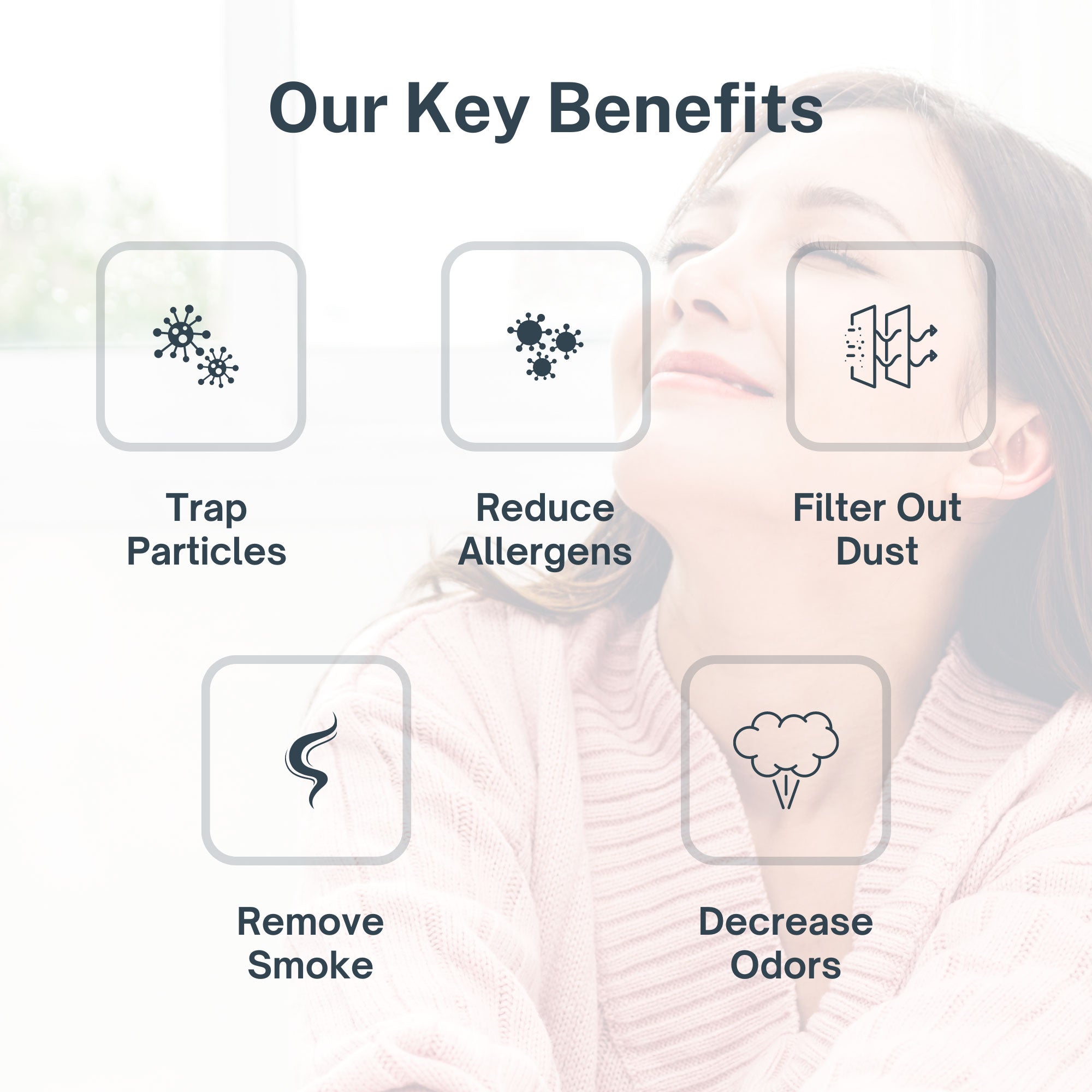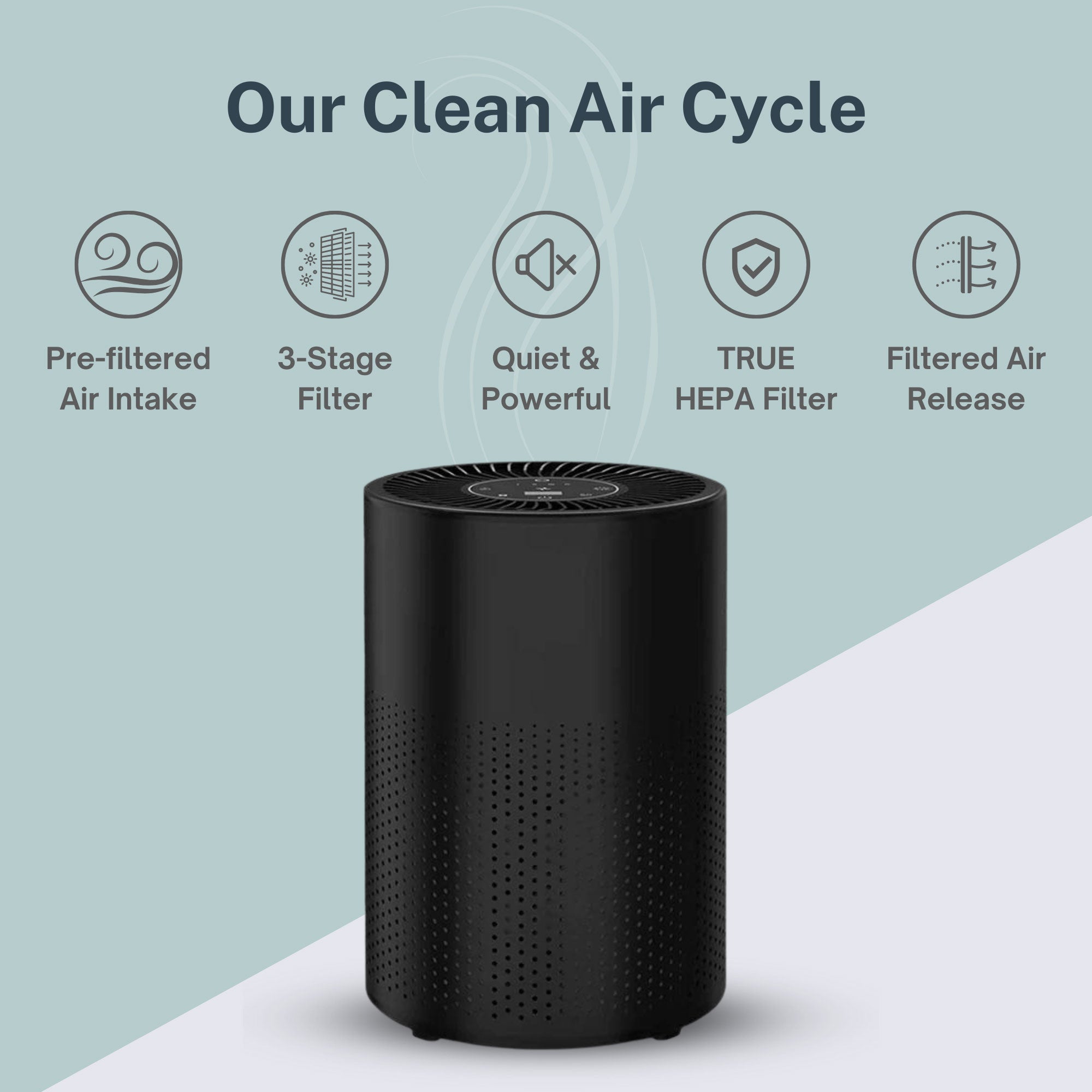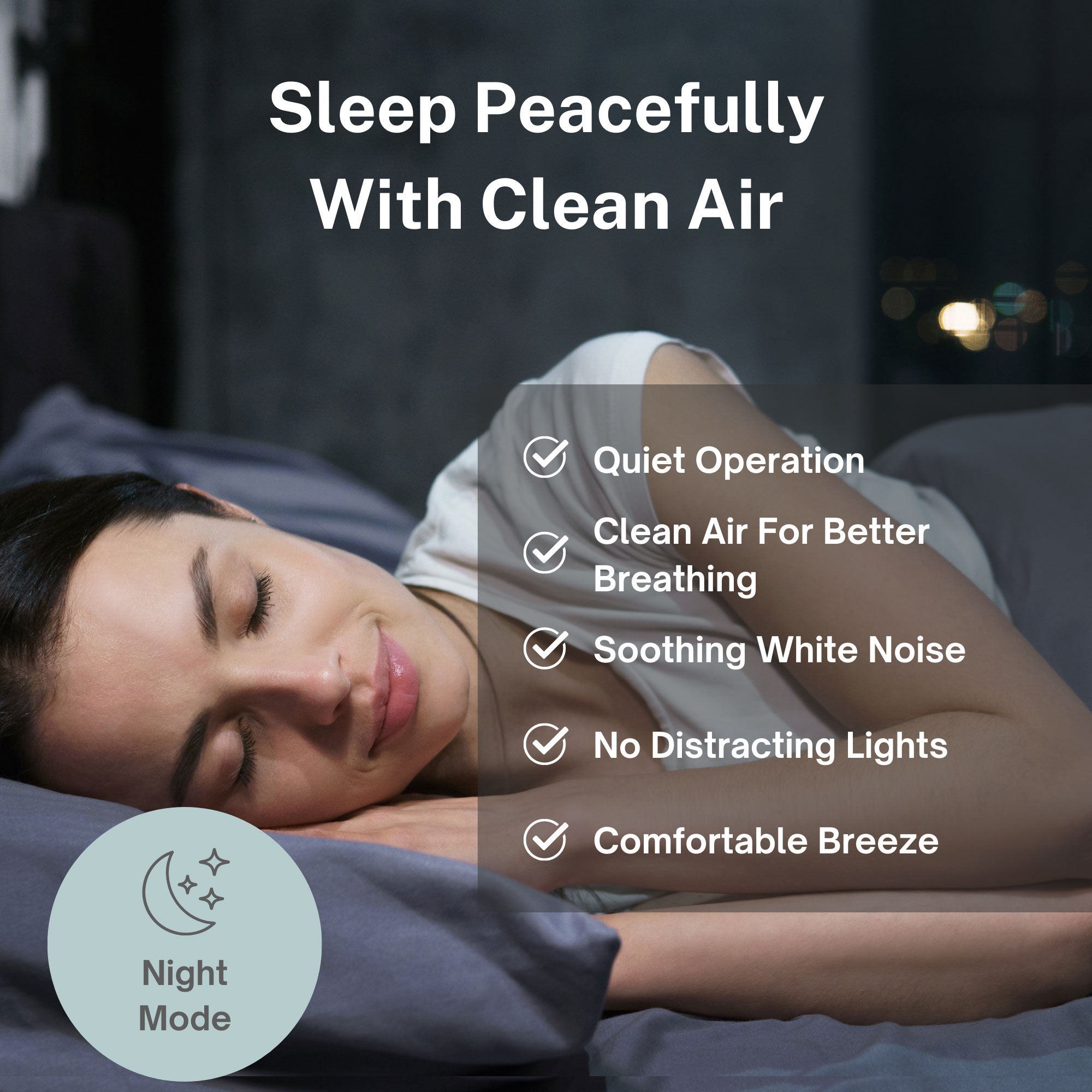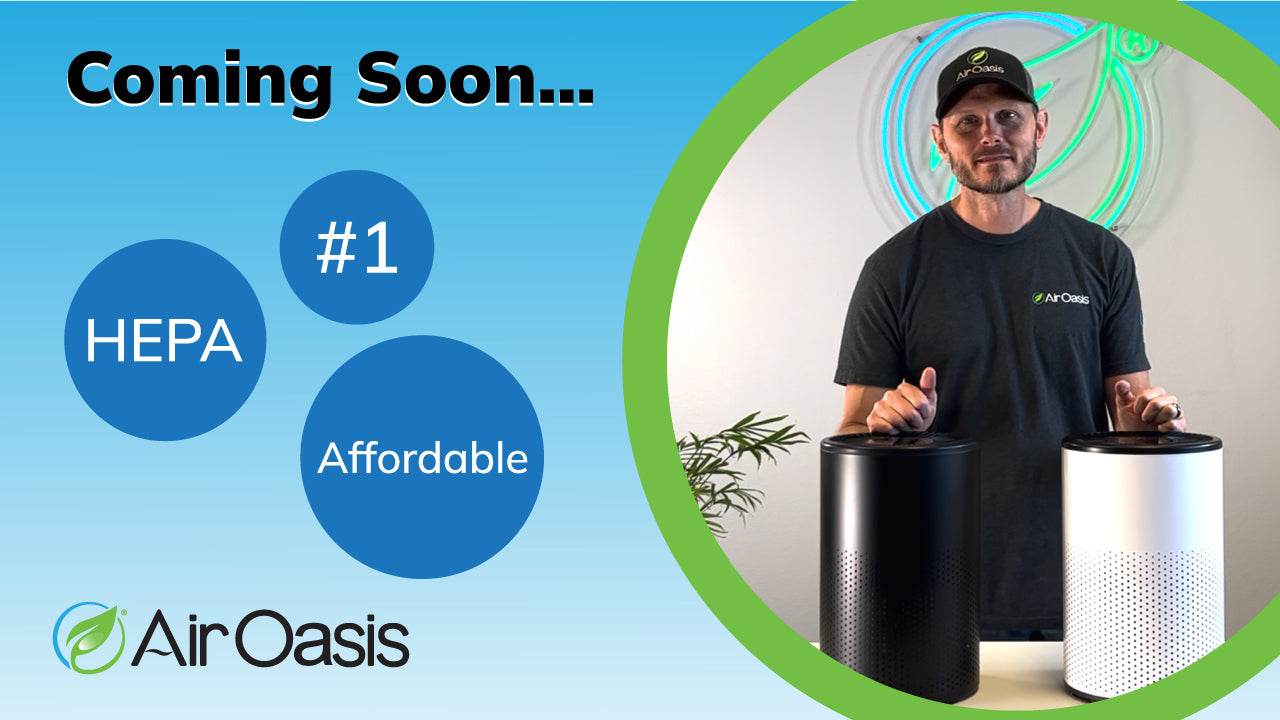Preventing Respiratory Infections with Improved Indoor Air Quality
Respiratory infections are extremely common illnesses that affect people of all ages. The flu, common cold, bronchitis, pneumonia, and COVID-19 are just some of the many infectious diseases that target our respiratory system.
While we may think catching a respiratory infection is inevitable, especially during cold and flu season, there are proactive steps we can take to reduce our risks. One of the most important things we can do is be mindful of our indoor air quality.
Read on to learn how improving the quality of the air inside your home or office can help prevent respiratory illnesses and support better respiratory health overall.
What are Respiratory Infections? How Do We Get Them?
Respiratory infections, as the name implies, are contagious diseases that affect our respiratory system – our nose, throat, bronchial tubes, and lungs. They are caused by viruses, bacteria, or fungi that infect these parts of our bodies. Common examples include:
- The common cold: caused by rhinoviruses, coronaviruses, and more
- Influenza (the flu): caused by influenza viruses
- Bronchitis: often caused by the same viruses that cause colds
- Pneumonia: frequently caused by bacteria like pneumococcus
- COVID-19: caused by the SARS-CoV-2 coronavirus
These microscopic germs spread from person to person in droplets that are expelled into the air when an infected person coughs, sneezes, or even just talks and breathes. Another person can then inhale these droplets directly, or they can land on surfaces that someone later touches before touching their face.
Air quality plays a major role in respiratory infection transmission – infectious droplets can remain suspended in the air for hours, drifting with air currents to potentially infect others. Proper ventilation to exchange and refresh indoor air, along with air purification to filter out airborne pathogens, are key in infection control.
How Indoor Air Quality Affects Respiratory Health
Beyond infectious respiratory illnesses, poor indoor air quality can exacerbate underlying respiratory conditions like asthma, chronic obstructive pulmonary disease (COPD), and allergies. Indoor air pollutants like smoke, chemical fumes, mold, dust mites, and pollen particles in the air can trigger inflammation and irritation. Let’s look at some of the top indoor air quality factors that impact respiratory wellness:
- Indoor air pollutants: Volatile organic compounds (VOCs) from cleaning supplies, smoke, fumes, and gases can cause airway inflammation. Particulates like dust and dander worsen allergies and asthma.
- Mold growth: Exposure to mold spores and musty odors can irritate the lungs and worsen asthma and allergies. Bathrooms, basements, and poorly ventilated rooms are prone to mold.
- Bacteria buildup: Bacteria like streptococcus and staphylococcus can colonize humid indoor spaces. Reducing moisture and improving ventilation controls bacteria levels.
- Poor ventilation: Stagnant indoor air allows concentrations of pollutants and respiratory irritants to rise. Proper air circulation is essential.
Strategies for Improving Indoor Air Quality
Combating respiratory infections requires a two-pronged strategy: limiting transmission of infectious respiratory droplets while also reducing exposure to indoor irritants and allergens that can inflame airways and lungs.
The good news? Many recommendations for supporting respiratory health align with general best practices for indoor air quality:
Ventilation Enhancement
Increasing fresh air flow helps reduce concentrations of airborne pollutants through dilution and air exchange. Options include:
- Natural ventilation: Open windows regularly, install window exhaust fans, and use doors to facilitate cross-breezes. This strategy works best when outdoor air quality is good.
- Mechanical ventilation: HVAC systems with high-grade air filters refresh indoor air by continuously bringing in fresh air and removing stale air.
Reduction of Indoor Pollutants
Filtration and air cleaning technologies filter out particulates, allergens, and chemical fumes:
- Air purifiers: HEPA and activated carbon filtration removes most indoor air pollutants. Look for units with high CADR ratings based on room size.
- HVAC filters: Upgrade filters to MERV 13 or higher to filter tiny particles like viruses and fine dust. Change filters every 1-3 months.
Proper humidity control also helps since mold grows in damp indoor environments. Monitor humidity levels and use dehumidifiers or humidifiers to stay within the 40-50% recommended range.
Benefits of Air Purification in Infection Prevention
Investing in an effective air purifier delivers clear respiratory health benefits. Here’s how it helps safeguard against infectious illnesses:
- Filters airborne pathogens: HEPA filtration captures 99.97% of particles 0.3 microns and larger, including respiratory viruses, bacteria, and mold.
- Removes allergens: Filters like HEPA reduce exposure to indoor triggers like dust, pet dander, pollen, and mold that can worsen respiratory infections.
- Reduces cross-contamination: Continuously scrubbing shared air reduces the amount of infectious droplets lingering. This lowers infection risk in indoor spaces.
When shopping for an air purifier to help prevent colds, flu, and other respiratory bugs this season, keep an eye out for units with HEPA filters, UV-C sanitizing lights, and high Clean Air Delivery Rates (CADR).
Selecting the Right Air Purifier for Infection Prevention
With so many air purifier options on the market, it can get overwhelming trying to select the best one for your needs. Here are some key considerations when purchasing an air purifier for infection control and cleaner indoor air:
Considerations in Air Purifier Selection
- Filtration efficiency: Look for true HEPA filters that remove 99.97% of 0.3-micron particles. This filters most infectious pathogens.
- Coverage area: Match the Clean Air Delivery Rate (CADR) to the room size. Higher CADR means faster air purification.
- Noise level: Quieter units (under 50 dB) are better suited for bedrooms and offices.
Features to Look For in an Air Purifier
- HEPA filters: MERV 17-20 pleated filters are highly efficient at trapping fine particles.
- Antimicrobial treatments: Silver ion coatings on filters help inhibit bacteria growth.
- UV-C light: Ultraviolet light destroys airborne pathogens, providing an extra layer of protection.
- Ionization: Negative ions help capture fine particles for enhanced filtration.
The Air Oasis line of iAdaptAir air purifiers offers professional-level filtration with True H13 HEPA, UV-C, and Bi-Polar and silver ionization technologies in sleek, compact units safe for home use. With high CADR ratings, antimicrobial filters, and ultra-quiet operation, they deliver optimal infection protection.
Tips for Maintaining Clean Indoor Air
An air purifier serves as the backbone for respiratory infection prevention, but a comprehensive approach looks at the whole picture. Here are some quick tips for keeping indoor air quality high year-round:
- Clean and disinfect surfaces frequently to kill germs, especially during illness outbreaks.
- Monitor indoor air quality and humidity; maintain 30-50% humidity levels.
- Change HVAC filters every 60-90 days for optimal filtration.
- Have HVAC systems professionally inspected before cold and flu season.
- Consider professional air duct cleaning if dirt, dust, or mold is present.
With some diligence about indoor air quality, we can breathe easier knowing we've taken actionable steps to reduce risks of preventable respiratory illnesses this season.
Clean Your Air with Air Oasis
Respiratory infections can happen any time of year. While we can’t avoid every exposure, focusing efforts on improving the quality of the air we breathe indoors goes a long way in supporting our respiratory defense systems. Implementing better ventilation, reducing indoor pollutants, and using air purifiers are proactive strategies for reducing transmission of colds, flu, and other illnesses this season.
You can take preventative measures against infection while also minimizing allergen and irritant exposure that could lead to uncomfortable respiratory flare-ups. At Air Oasis, we offer state-of-the-art air purifier solutions designed specifically to capture and destroy airborne pathogens, particles, allergens, and chemicals. Breathe healthier today by exploring our top-rated air purifiers for home and office use. With cleaner indoor air, you can worry less and enjoy more this season.




